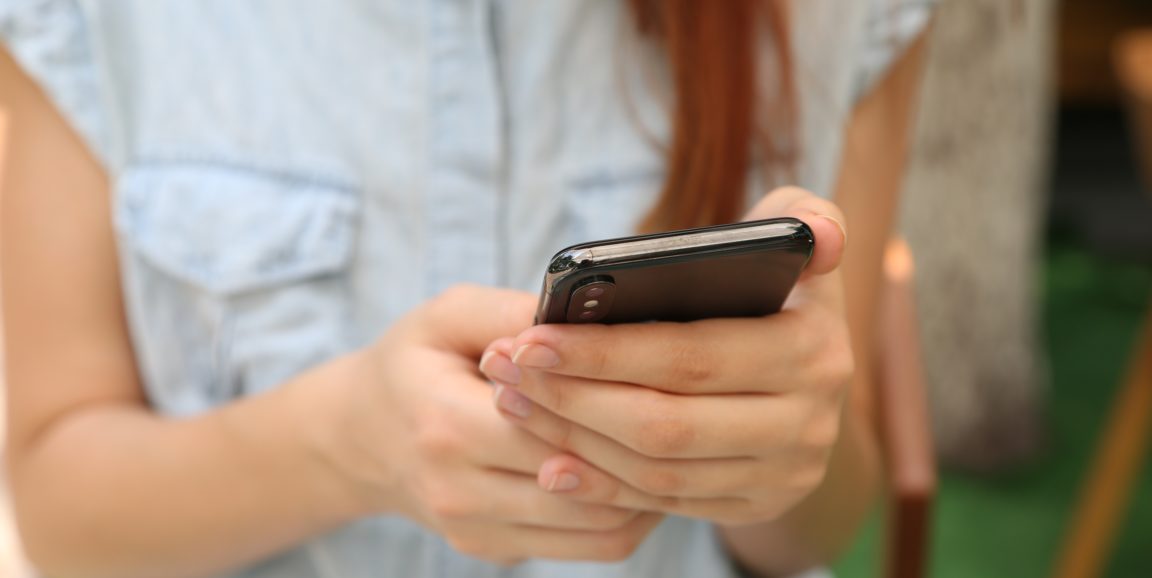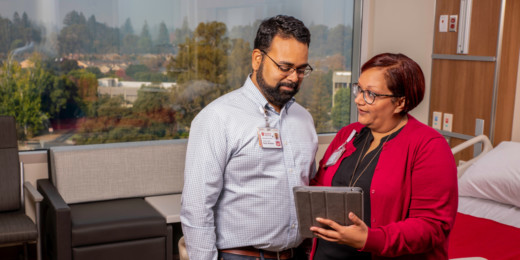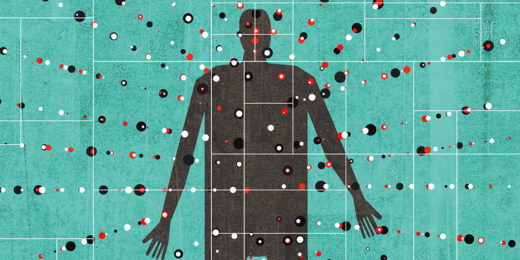Although HIPAA gives people the legal right to access their full medical record, it’s not always been simple to dig out your own health information, said Lance Downing, MD.
“In the past, you or I would have to go down in the basement of the hospital, pay a nominal fee, and then get our information downloaded on CD-ROM — so not at all an easy way to interact with your data,” the clinical assistant professor of medicine recently told me.
The arrival of electronic health records helped, Downing said, but the game-changer has been patient portals into those systems, which allow sharing of lab results, pathology information and even doctors’ notes via mobile and web-based apps. However, he cautioned, the technology alone is not enough: To ensure patients benefit from access to their data, health systems need to embrace a culture of transparency and collaboration.
A recent article in Health Affairs highlights how Stanford Health Care and three other institutions have used those portals and other technology to engage and communicate with patients and their families. Downing and Christopher Sharp, MD, chief medical information officer at Stanford Health Care, are contributing authors.
Downing told me that dual goals of meeting consumer expectations and empowering patients fueled Stanford’s efforts.
“As consumers, we appreciate the convenience and the facility of interacting across digital mechanisms for a lot of other services — the car mechanic or restaurant takeout — and that expanded to health care,” he said. “Simultaneously, there’s been a growing culture of patient inclusion and shared decision-making in health care. The best way to do that is by enabling information and data, as a starting point.”
To get to that starting point, Stanford leaders made signing up for the portal as easy as possible, texting patients invitations to enroll and simplifying the identity verification process. The result, according to the article: enrollment in the system among the highest in the nation at 72 percent of clinic patients.
For those who are enrolled, the Stanford MyHealth app serves as a helpful guide through the health system. Clinic check-ins are automated, and navigational tools escort patients through the hospital. Their answers to survey questions can be used to help clinicians determine if a patient needs a referral for supportive services, such as nutrition counseling.
Sharp told me that digital enhancements to the portal have bolstered communications between clinicians and patients, and added a new way to assess what patients need. He said:
By interacting with their care team before, during and after their visits online, patients can receive better care and a more complete experience of care. For example, patients receiving cancer care can experience distress that affects their treatment such as emotional, financial, social, and nutritional issues. We survey patients for these concerns before their visit to assure the full breadth of their needs are addressed during a busy visit.
The flow of information goes both ways: Medical records — including doctors’ notes — are now available for remote inspection by patients.
Adding this function required careful preparation on the front end to ensure it worked well for both physicians and patients, Downing said: For example, it was important to avoid situations in which patients were surprised by information before a doctor could share it, such as a cancer diagnosis.
Opening doctors’ notes to patients entailed something of a paradigm shift, Downing told me:
Historically, this was the doctor’s communication to their colleagues about the medical decision-making that was going on. Perhaps they did not always want patients to read all of it: for example, if this patient is not taking their medications, and that’s why their health is not doing well.
For some physicians, the transition has meant using slightly different wording in their notes, Downing said. For others, it’s meant bringing up issues with patients that may have remained undiscussed in the past. For most, very little has changed — except now more than 1.6 million notes have been shared securely via Stanford MyHealth with patients since 2015.
About 35 percent of those notes have been read by Stanford patients — among the highest rates of about 170 institutions participating in the national OpenNotes initiative, which promotes patient engagement through transparency in medical records.
“We have highly-engaged patients that want to be involved and know about their care,” Downing told me. “To some degree it’s a fundamental rethinking of what doctors’ notes are, what patient records really are, and to whom they belong.”
Photo by Yura Fresh






